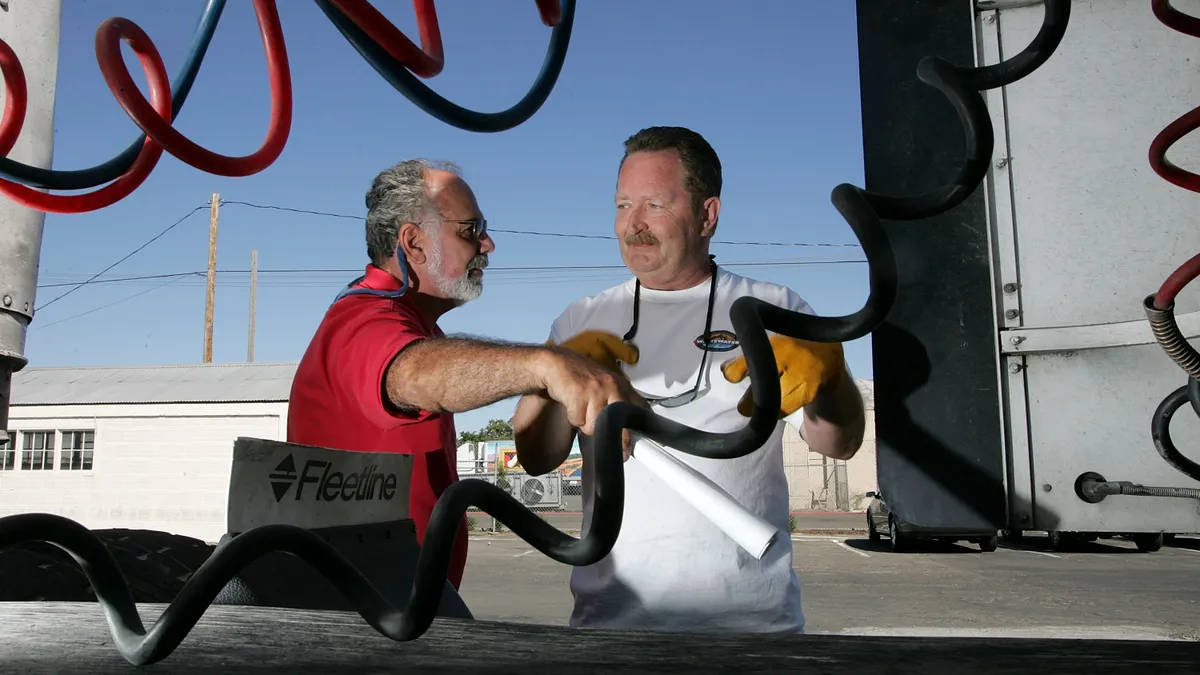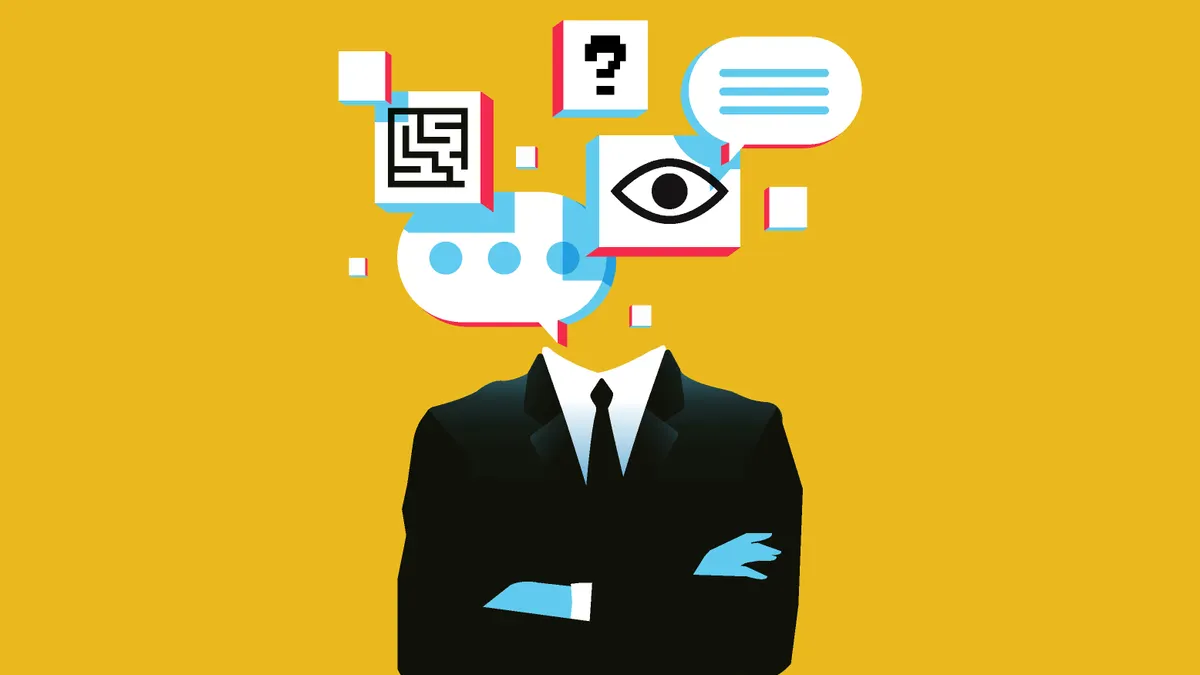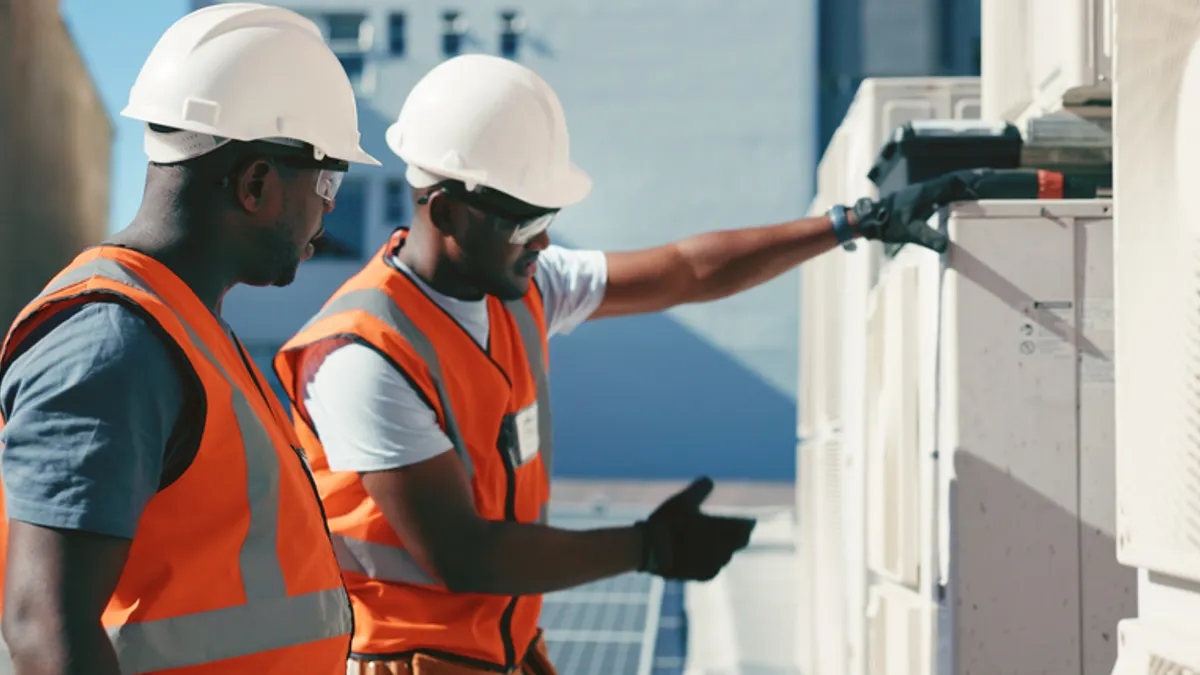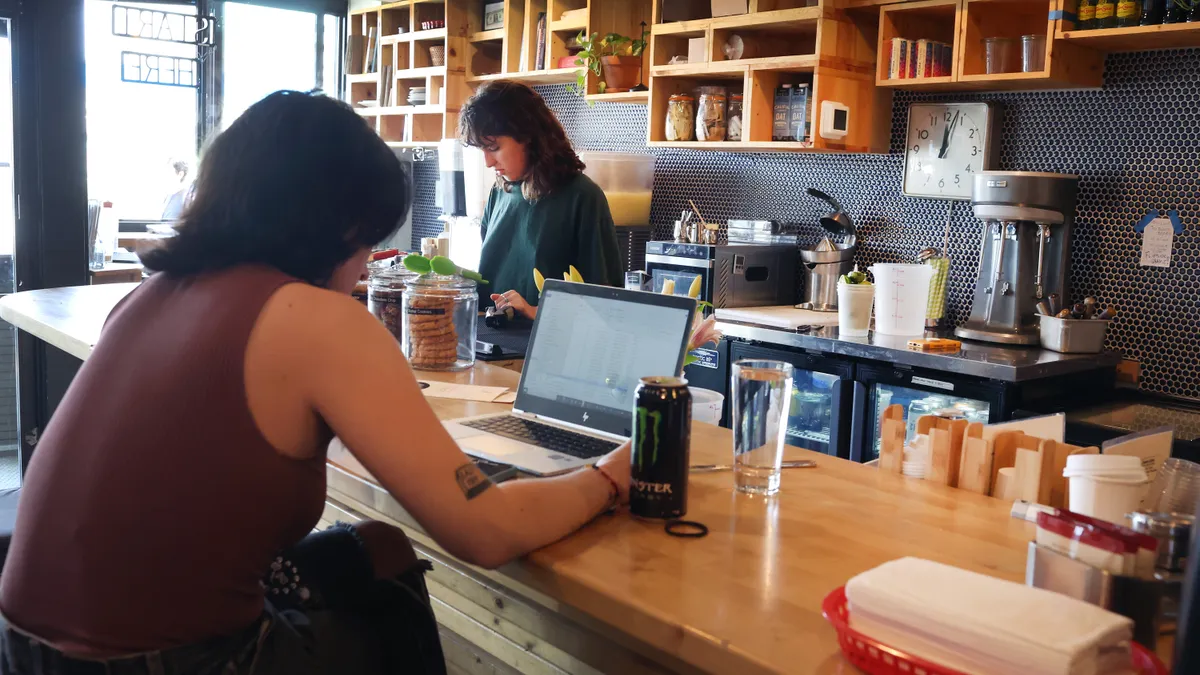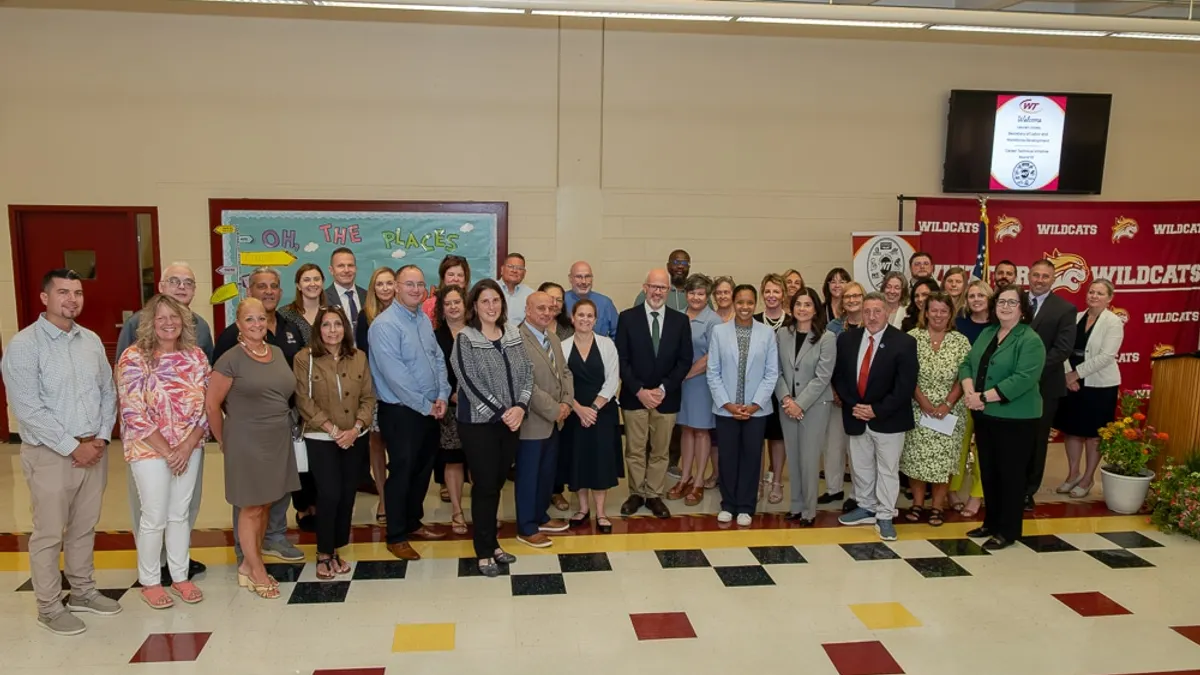The U.S. Department of Labor estimates that by 2024, 25% of the workforce will be at least age 55. As these workers mix with other generations, learning and development professionals may be left wondering how to offer learning and growth opportunities that speak to this more seasoned demographic as loudly as to their peers.
Connecting learning across the generations can be challenging, but not impossible. And as with all workplace initiatives, it's important to remember that a focus on personalization — not stereotypes — is key.
Personalization
Even when the workforce was comprised of only two or three generations, it was difficult to create training that would impact a wide range of learners, according to Fabio Pirovano, Docebo's CTO. Today's workforce boasts at least five.
And while millennials are quickly becoming the largest generation in the workforce, many factors have older employees working longer. We're approaching a time when it may be common for an employee to pursue multiple careers in his or her lifetime, according to Mike DiClaudio, principal at KPMG.
With differing points of view and various career stages, it can be difficult to create learning that works for all, Pirovano told HR Dive via email. L&D professionals are being challenged to provide valuable content for all generations, with variations in format and delivery. "Since there isn't a one-size-fits-all approach that will work," he said, "learning platforms that organizations use will need to be able to build and deliver content that is flexible and varying to suit the learner, creating a more personalized approach."
Inclusivity
Creating content that crosses the generational lines may be challenging, Pirovano said, particularly for companies with limited resources. But instead of choosing between the status quo (knowing it will someday become outdated) and prioritizing efforts that appeal largely to one group, he suggests a third approach: a consideration of the disconnect that currently exists between knowledge and delivery.
This approach requires organizations to respond to the needs and habits of individual learners. "In this scenario," he said, "organizations don't actually have to produce the content manually nor understand who would benefit. In this scenario, you would have the same type of content but it could be delivered by video, or text, or SMS or slides."
Organizations can risk under-serving talent if they focus on population-specific requirements, according to Jill Goldstein, global practice lead, talent and HR operations at Accenture's Talent & HR Business Process Services Group (BPS). Personalization of learning is key and should be based on role, skills, experiences and development goals, she told HR Dive via email.
Employees, regardless of age, expect the simple and intuitive technology and experiences at work that they have outside the office – and this applies to learning and development programs, DiClaudio said. Whether that means delivering learning via videos or in a gamified form, employers can find something that works for everyone.
Building Bridges
L&D pros can use learning opportunities to build communication pipelines for employees at all career stages, the experts said. "It's about creating learning opportunities for all strengths and skills," according to Goldstein. At Accenture, they use a strength-based model to ensure employees are in roles in which they will excel. "You need to leverage the strengths of each individual employee," she said, "rather than skills that are generation-specific. Everyone's experience is equally valuable to helping your organization succeed."
Tricia Robinson, global lead for learning at Accenture's Talent & HR BPS, offered some similar advice: "For L&D, learning needs to be tailored to me irrelevant of my generation," she said. It's about relevancy and prioritization, as opposed to age, she explained.
This can include tools that enable social learning, according to Martino Bagini, Docebo COO. Social learning can play a key role in strengthening the relationship between different age groups by allowing more experienced colleagues or subject matter experts to share their on-the-job knowledge regardless of their age or affiliation, he said. It also can include reverse mentoring, pairing seasoned employees with younger ones to leverage each other's strengths, Robinson suggested.
DiClaudio agreed: "Fostering an environment that allows for the sharing and exchange of ideas in a variety of ways encourages the inclusion of employees."
AI's role
Several of the experts noted AI's role in the future of personalized learning. Pirovano said he envisions uploading knowledge into a system that is AI-based and allowing the tech to determine the right delivery for specific learners. "This will create a hyper-personalized environment that is based on the delivery of knowledge to the learner in the most effective way," he said.
Likewise, Robinson said AI will help L&D professionals get the right training to the right people; "It can personalize training to each individual's particular expertise and maximize the time spent in training."
AI can do this "by bringing greater personalization based on insights from employee data on behavior, usage, sentiment, and more," DiClaudio explained. And that's important because custom learning can drive greater knowledge retention, he said.
Aging out?
When asked if there is an age or career stage when L&D isn't worthwhile, the consensus is no: "Beyond the fact that retirement keeps being pushed further down in age terms, technology is not only important in the workspace, but is becoming a key element of our daily lives," Bagini said.
In practical terms, there is little value in focusing on differences, Goldstein said. She suggests the lines are blurring: all generations want to learn and develop and are interested in a variety of access channels and choice. An organizational culture of learning is important, she added, as it can emphasize that at every level and every stage of employment, there is growth and development to be had.







